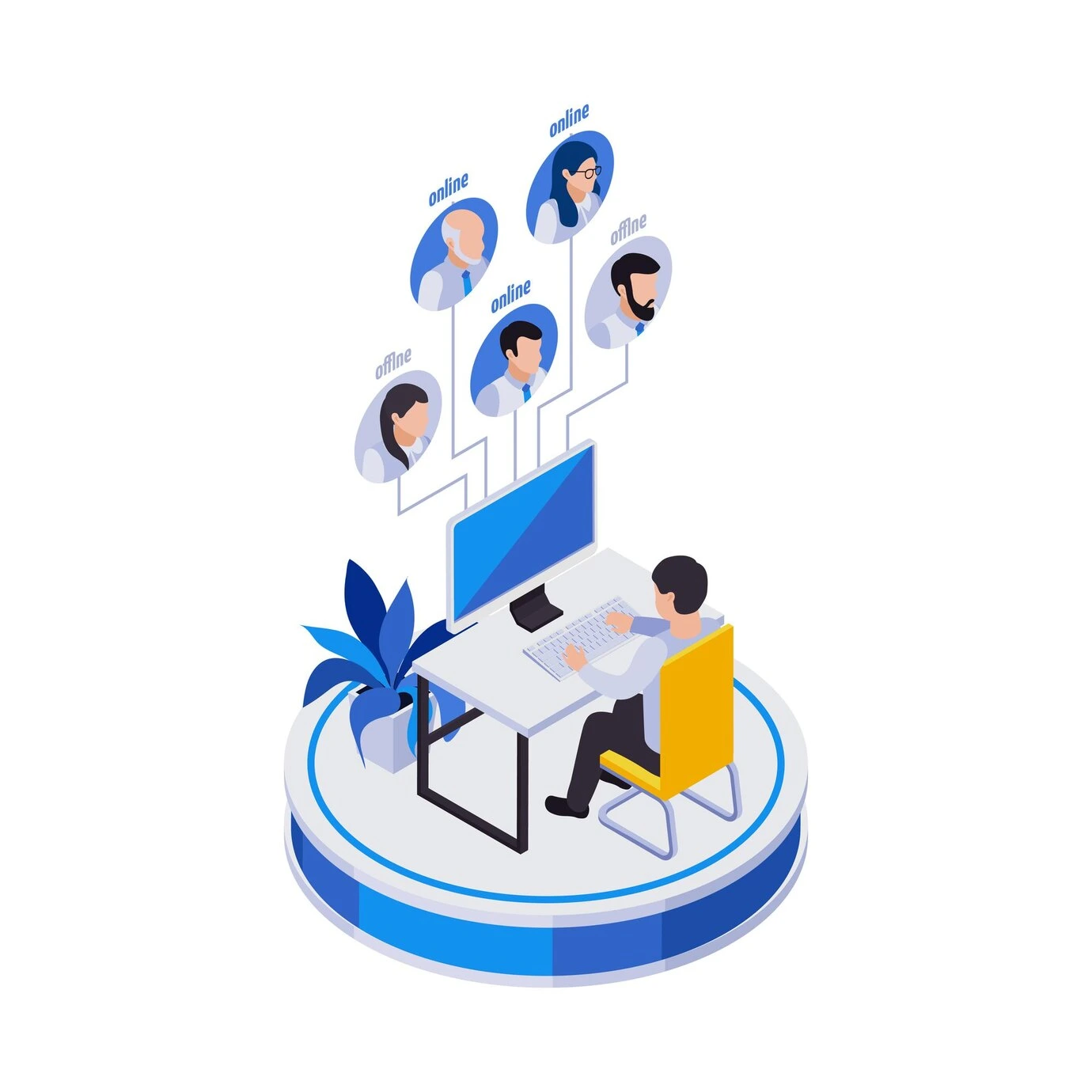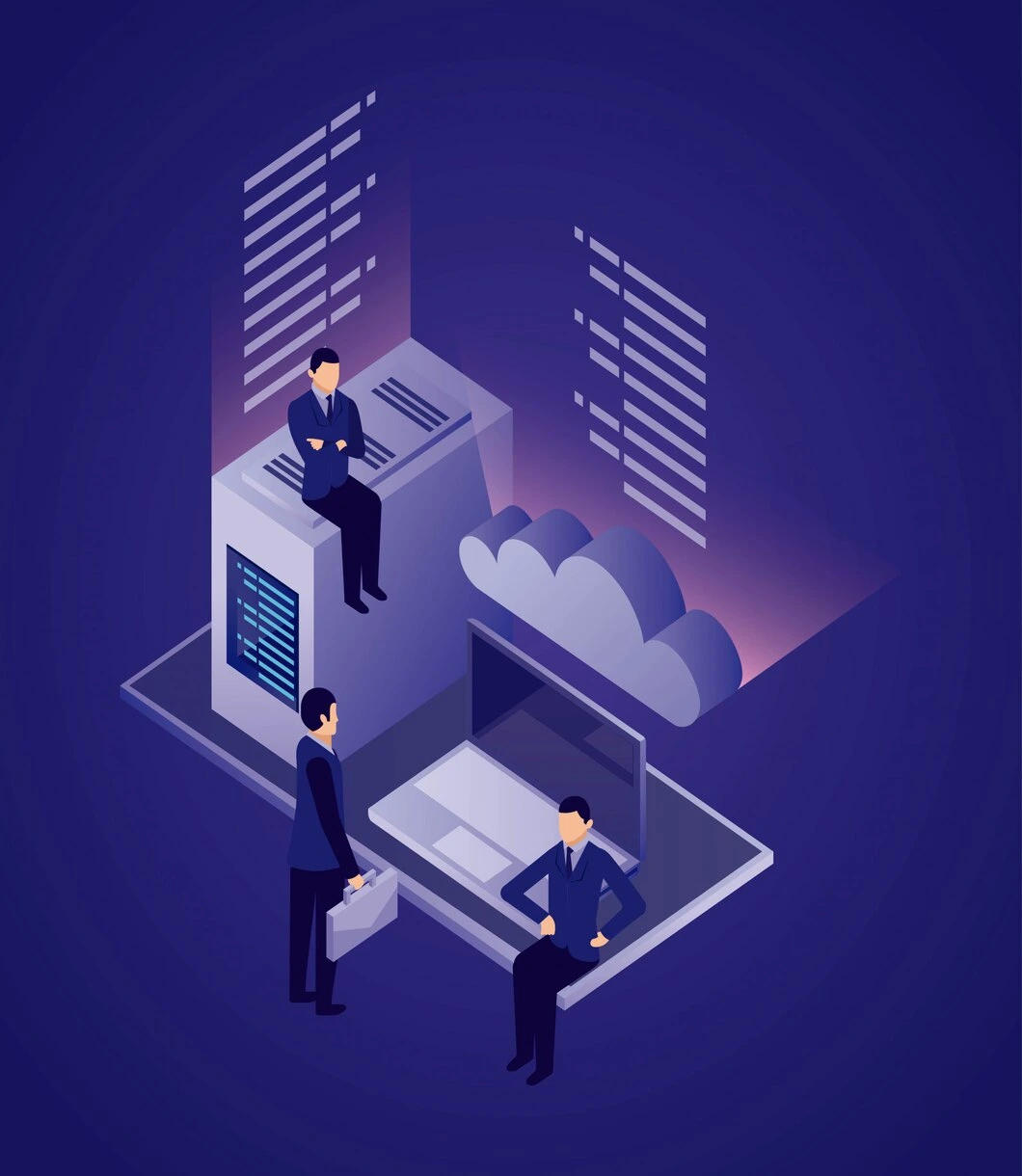
In today’s fast-developing business landscape, human resources (HR) transitioned from a necessity into tactically supporting organizational success. HR automation, impacting the manner that companies fully manage, effectively attract, and completely retain talent, is at the core of that transformation as a technological revolution. EDP Services and also similar types of businesses are streamlining their operations through advanced HR technology integration for them. These very same businesses are additionally promoting workplaces in which employee well-being as well as innovation thrive. This thorough guide digs deeply into the ways that automation reshapes workforce management, the challenges as well as opportunities that it gives to you, and the ways that partnering with experts such as EDP Services can future-proof your organization.
The Evolution of HR: From Administrative Hub to Strategic Partner
The adventure of HR parallels the wider digital shift in sectors while evolving from a paperwork-based section to a data-led force. HR teams handled payroll processing, as well as compliance and employee records, in the past. Their basic responsibility involved such functions. The role of HR has expanded to organizational agility, cultural stewardship, and talent development, and all of these tasks remain important to it.
What led to this change? HR automation. Through the use of technology to simplify and automate mundane tasks, HR specialists are able to manage more valuable projects. A concrete example of this is the automation of initial resume selection; HR teams use AI-driven selecting tools instead of doing the manual work of picking the best candidates. Rather than having to follow up with employees for various documents, cloud-based systems make it possible to onboard employees as easily as flipping a switch. Robots no longer simply assemble cars; they now work with HR specialists to revolutionize human resource management. All these changes have shifted HR’s position from business partners towards the organizational center of business strategy, where employee workforce optimization can be achieved through technological means.
For companies like EDP Services, which specialize in delivering tailored IT solutions, embracing automation is not just about efficiency—it’s about creating a resilient, adaptive workforce ready to meet future challenges.
The Pillars of HR Automation: Transforming Workforce Management
Each aspect of workforce management is impacted by automation, which has a ripple effect that raises accuracy, productivity, and employee satisfaction. We examine its revolutionary effects on key HR functions below:
1. Recruitment: Precision, Speed, and Equity
Given that organizational success starts with recruitment, in the competitive talent market of today, conventional approaches usually fail. Top candidates can be discouraged by manual resume screening, biased hiring policies, and slow cycles of communication. HR technology fixes these problems through:
-
AI-Driven Candidate Matching: To find applicants whose values and skill sets match the needs of the business, advanced algorithms examine resumes, LinkedIn profiles, and even social media activity.
-
Automated Interview Scheduling: Recruiters can concentrate on developing relationships by using tools like calendar integrations, which remove the back and forth of scheduling.
-
Bias Mitigation: Platforms anonymize candidate data—that is, names, genders, and ages—to guarantee that decisions are based just on qualifications and potential.
Automating recruitment helps businesses cut time-to-hire, enhance candidate experience, and create diverse, outstanding teams.
2. Onboarding: Seamless Integration from Day One
Disengagement and early turnover can result from a badly done onboarding process. Platforms for automated onboarding produce organized, interesting experiences by:
-
Digital Documentation: New hires can fill out tax and legal forms remotely via e-signatures and cloud-based forms, which eliminate stacks of paper.
-
Personalized Learning Paths: Videos, quizzes, and role-specific training modules are given to new hires based on their learning style and skill level.
-
Automated Workflows: In order to guarantee that laptops, access badges, and software accounts are prepared prior to the first day, systems delegate tasks to managers, IT teams, and HR.
In addition to increasing productivity, this strategy lets employees know they are appreciated right away.
3. Payroll and Compliance: Accuracy Meets Peace of Mind
Payroll mistakes and noncompliance can lead to expensive fines and damage employee trust. These risks are reduced by automation by
-
Real-Time Calculations: In order to account for local tax laws and labor regulations, systems automatically adjust salaries for overtime, bonuses, and deductions.
-
Compliance Automation: With little human intervention, tools update policies, keep track of legal changes across jurisdictions, and produce audit-ready reports.
-
Self-Service Portals: Employees can independently access pay stubs, tax returns, and benefit information, which lessens the administrative burden on HR.
Automated payroll systems strengthen transparency and trust by ensuring prompt, error-free compensation.
4. Performance Management: Cultivating Growth in Real Time
In a world that prioritizes flexibility and ongoing development, annual performance reviews are becoming less and less relevant. Dynamic performance management is supported by modern HR technology through:
-
Goal-Setting Platforms: Employees and managers work together to establish SMART (Specific, Measurable, Achievable, Relevant, Time-bound) objectives that are monitored in real time.
-
Continuous Feedback Tools: 360-degree feedback systems, peer recognition tools, and pulse surveys offer continuous insights into morale and performance.
-
Skill Development Analytics: When AI detects skill gaps, it suggests personalized training courses, certifications, or mentorship opportunities.
This change from strict assessments to flexible development encourages a culture of responsibility and creativity.
5. Employee Engagement: Building Connection in a Digital Age
Businesses lose billions of dollars due to employee turnover and lost productivity as a result of disengaged workers. HR teams can remain aware of employee sentiment by using automation to:
-
Sentiment Analysis Tools: AI looks for indications of burnout, annoyance, or disengagement in communication channels like emails and Slack.
-
Automated Wellness Checks: Chatbots and routine surveys monitor workers' job satisfaction, workload, and mental health.
-
Personalized Recognition Systems: In order to promote a culture of gratitude, platforms automate rewards for accomplishments, milestones, or peer-nominated contributions.
Organizations can foster loyalty and lower attrition by proactively addressing issues.
The Strategic Advantages of HR Automation
Beyond operational efficiency, implementing HR automation provides a competitive advantage. Important advantages include
-
Empowered HR Teams: HR professionals can now concentrate on strategic projects like leadership development and DEI (Diversity, Equity, and Inclusion) programs since automation frees them from administrative duties.
-
Enhanced Employee Autonomy: Self-service portals encourage a sense of ownership by enabling employees to independently manage their data, request time off, and access resources.
-
Scalability: Cloud-based platforms expand with your company, facilitating global expansion, mergers, and remote teams without causing logistical challenges.
-
Data-Driven Culture: Analytics dashboards facilitate well-informed decision-making by offering insights into hiring trends, retention risks, and training efficacy.
-
Sustainability: Simplified procedures and less paper use support environmentally friendly operations that support CSR objectives.
These benefits put companies in a strong position to prosper in a time of digital disruption and quick change.
Navigating the Challenges of HR Automation
Automation has enormous potential, but its application necessitates careful preparation. The typical obstacles are
-
Resistance to Change
Employees used to more conventional procedures might see automation as a danger. To get past this:-
Communicate Transparently: Describe how automation improves their jobs, such as by removing repetitive duties and fostering original problem-solving.
-
Involve Stakeholders Early: To encourage buy-in, involve managers, HR teams, and employees in picking and implementing tools.
-
-
Integration Complexities
New platforms might not be able to seamlessly integrate with legacy systems. Collaborating with professionals such as EDP Services guarantees:-
Customized Integration: Middleware and APIs fill in the gaps between outdated and modern systems.
-
Minimal Downtime: Daily operations are kept uninterrupted by parallel testing and phased rollouts.
-
-
Data Security Concerns
Strong security measures are needed when storing private employee data digitally. Give priority to platforms that have:-
End-to-End Encryption: Safeguards information while it is being transmitted and stored.
-
Compliance Certifications: Assure compliance with HIPAA, GDPR, and other relevant regulations.
-
-
Balancing Technology with Humanity
Human interaction should be enhanced by automation, not replaced. Motivate human resources teams to:-
Leverage Saved Time for Relationship-Building: Utilize the time you save on paperwork for wellness check-ins, mentorship, or dispute resolution.
-
Maintain Ethical Oversight: Make sure automated decisions are transparent by routinely checking algorithms for bias.
-
The Future of Workforce Management: Beyond Automation
The future holds even more innovation as HR technology develops.
-
Predictive Workforce Analytics: Systems will identify high-potential employees, predict turnover risks, and simulate the effects of organizational changes.
-
Hyper-Personalization: AI will use employee preferences and life stages to create personalized learning opportunities, career paths, and benefit plans.
-
Ethical AI Governance: Frameworks will guarantee algorithms give fairness, openness, and inclusivity top priority, reducing the possibility of bias.
-
Virtual Reality (VR) Training: Immersion simulations will teach staff members how to handle difficult situations, such as crisis management and public speaking.
Innovations in AI-powered mentorship platforms and collaboration tools will help remote and hybrid teams overcome geographic barriers and promote unity among scattered workforces.
EDP Services: Your Partner in Building a Future-Ready Workforce
At EDP Services, we are aware that a comprehensive strategy catered to the particular requirements of your company is necessary for a successful HR transformation, which calls for more than just technology. Among our offerings are
-
Strategic Consultation: We evaluate your current HR procedures, find any gaps, and create an automation roadmap that supports your company's objectives.
-
End-to-End Implementation: We take care of every aspect, from choosing the best HR technology to integrating it with your current setup.
-
Change Management Support: To guarantee seamless adoption, we develop user-friendly guides, train your teams, and offer continuing support.
-
Scalable Solutions: Our tools develop alongside your company, adjusting to new obstacles like international growth or changes in the market.
We assist you in creating a workforce that is engaged, flexible, and ready for the challenges of the future by fusing state-of-the-art technology with human-centered approaches.
Conclusion: Embracing the HR Revolution
A paradigm shift in workforce management is being brought about by the rise of HR automation. HR professionals regain their position as designers of organizational culture, talent development, and employee well-being by assigning repetitive tasks to technology. Automation is meant to empower people to concentrate on what really matters—creating innovation, nourishing relationships, and propelling sustainable growth—rather than to replace them.
EDP Services provides the knowledge, resources, and collaboration required for companies prepared to take the lead in this new era to successfully negotiate the challenges of digital transformation. By working together, we can transform HR into a strategic tool that advances your company.




